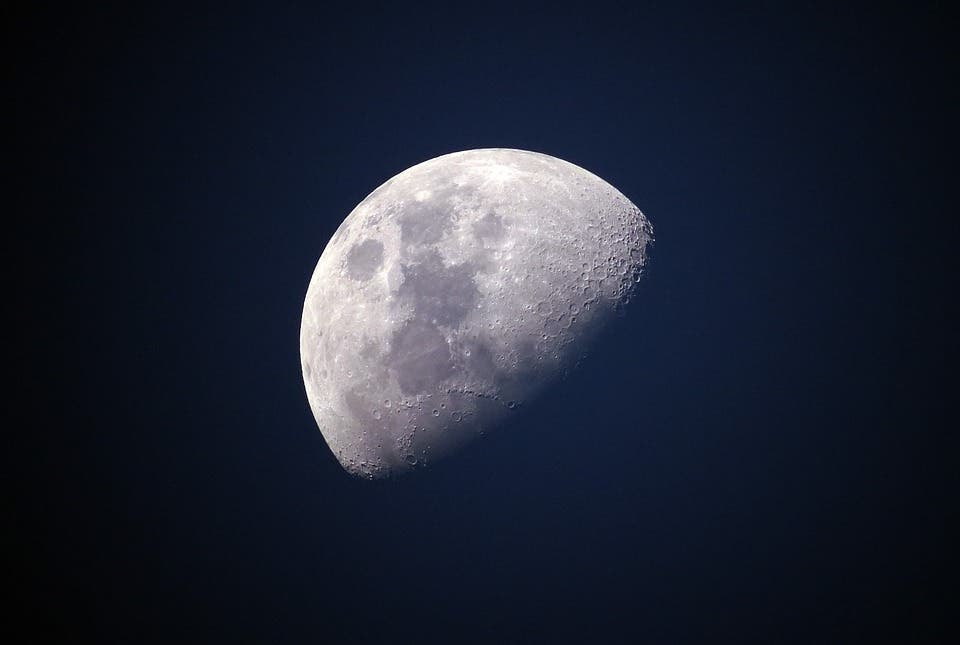Beijing wants to have a research station up and running on the Moon within a decade.
Last January, China put a rover on the far side of the moon — the only country to have ever achieved this feat. Now, the country plans another new first, state-owned media reported on Wednesday, citing a space-programme official.
Made on the moon
The Tiangong — “Heavenly Palace” — is planned to go into orbit in 2022, head of the China National Space Administration Zhang Kejian said during a speech marking “Space Day”, reports Xinhua. He added that plans are set to launch a Mars probe by 2020 and confirmed that a fourth lunar probe, the Chang’e-5, will be launched by the end of the year.
Tiangong will be built on the moon’s south pole and manned missions carried out “in about ten years”, Xinhua writes. It is intended to replace the International Space Station, the ISS, in housing humanity’s space-farers. The ISS is scheduled for retirement in 2024. Note that at the time of writing this, China is not an ISS partner and no Chinese nationals have, so far, been aboard the station. The country has maintained its own space programme and space station (Tiangong 1).
And it hasn’t been too shabby at it, either. China is the second-largest spender in civil and military space programmes, with a budget of around $10 billion (as estimated by the Organization for Economic Cooperation and Development in 2013). This mission will bring China to the moon for the second time this year, after Chang’e 4 landed there in January. Chang’e-5 was delayed after its planned carrier, the Long March 5 Y2 rocket, failed during a separate launch in July 2017.










